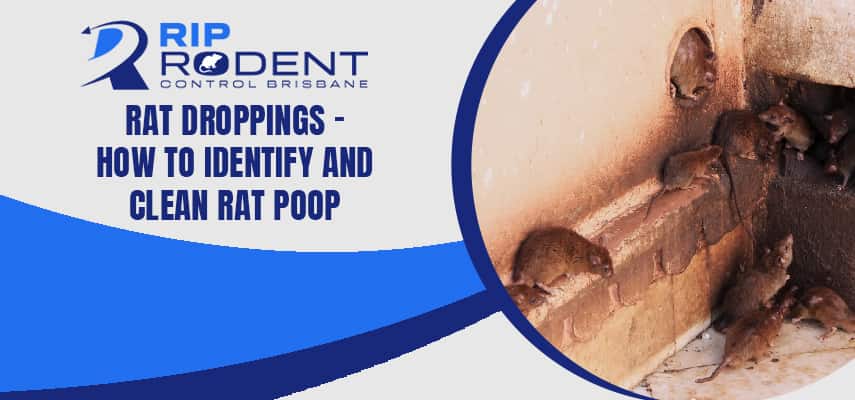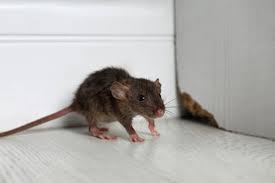Discovering a dead mouse in your home can be unpleasant enough, but the lingering odor that follows is often worse. That unmistakable smell can quickly make your living space uncomfortable and even attract pests if not handled promptly. Fortunately, getting rid of the smell is manageable with the right approach.
This step-by-step guide will walk you through how to eliminate dead mouse odors effectively, offer DIY solutions, and explain when to seek professional help, like Residential Rodent Control, to avoid recurring issues.
Why Does Dead Mouse Odor Linger?
When a mouse dies, its body begins to decompose, releasing unpleasant gases into the air. This odor can seep into walls, carpets, and furniture, making it hard to pinpoint and eliminate. The longer the carcass remains undisposed, the stronger the smell becomes.
Acting quickly to locate and remove the source is the first step in solving the problem.
Step-by-Step Guide to Get Rid of Dead Mouse Smell
1. Locate the Source
- Follow your nose to identify the area where the smell is strongest.
- Check common hiding spots like walls, attics, crawl spaces, under furniture, and behind appliances.
2. Remove the Dead Mouse
- Once you locate the carcass, wear gloves and a mask to avoid direct contact with harmful bacteria.
- Use a plastic bag to pick up the mouse and dispose of it in a sealed bag placed inside a trash bin.
3. Clean and Disinfect the Area
- Use a disinfectant spray or a mixture of bleach and water to thoroughly clean the affected area.
- Wipe down nearby surfaces, and if the mouse was in a hard-to-reach area, use a spray applicator to sanitize.
4. Neutralize Odors
- Use odor-absorbing materials like baking soda, activated charcoal, or coffee grounds to remove lingering smells.
- Place these materials near the affected area and replace them every few days until the smell dissipates.
5. Improve Ventilation
- Open windows and use fans to improve airflow in your home.
- Place air purifiers in the room to remove airborne odor particles.
6. Use Natural Deodorizers
- Essential oils like lavender, eucalyptus, or tea tree oil can mask odors while offering a fresh scent.
- Add a few drops to cotton balls and place them in the area where the mouse was found.
DIY Solutions for Persistent Odors
If the smell persists, try these additional DIY methods:
- Vinegar Bowls: Place bowls of white vinegar in the affected area. Vinegar is excellent at neutralizing odors.
- Baking Soda Paste: Mix baking soda with water to create a paste and apply it to surfaces that may have absorbed the odor. Wipe it off after an hour.
- Lemon Water Spray: Add lemon juice to water and spray it around the area to freshen up the space.
Preventing Dead Mouse Smells in the Future
To avoid dealing with dead mouse odors again, take preventative steps to reduce the chances of mice entering your home:
1. Seal Entry Points
- Inspect your home for gaps, cracks, or holes and seal them with steel wool, caulk, or mesh.
2. Use Mouse Traps
- Place traps in high-activity areas to catch mice before they die in hard-to-reach places.
3. Maintain Cleanliness
- Store food in airtight containers, clean up spills promptly, and keep your home free of clutter.
4. Call in Professionals
- If you suspect an infestation, seek help from Residential Rodent Control for thorough inspection and control measures.
When to Call for Professional Help
If you’re unable to locate the source of the smell or suspect a larger infestation, it’s time to call a professional pest control service. Experts in Residential Rodent Control Near Me can:
- Conduct a thorough inspection to locate hidden carcasses and nests.
- Use advanced tools to clean and sanitize areas affected by rodent activity.
- Provide long-term prevention strategies to keep rodents from returning.
Summary
Getting rid of a dead mouse smell doesn’t have to be a daunting task. By locating and removing the source, cleaning and disinfecting thoroughly, and using odor-neutralizing techniques, you can restore your home’s freshness. For persistent problems or recurring rodent issues, contacting Residential Rodent Control ensures a comprehensive and lasting solution.
CTA: Struggling with a dead mouse smell? Use these tips to freshen your space, or reach out to professional pest control services for expert assistance today!
Published on: February 4, 2025


